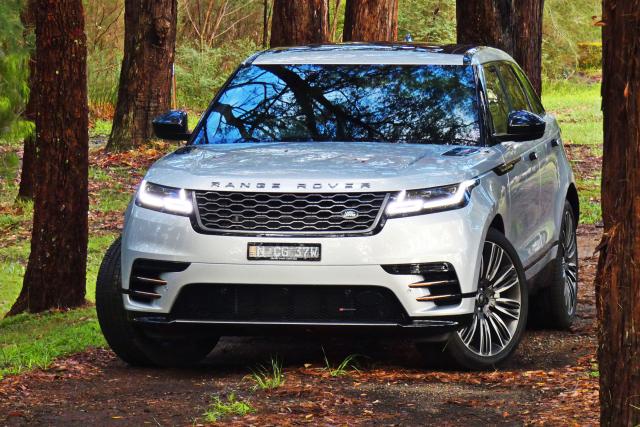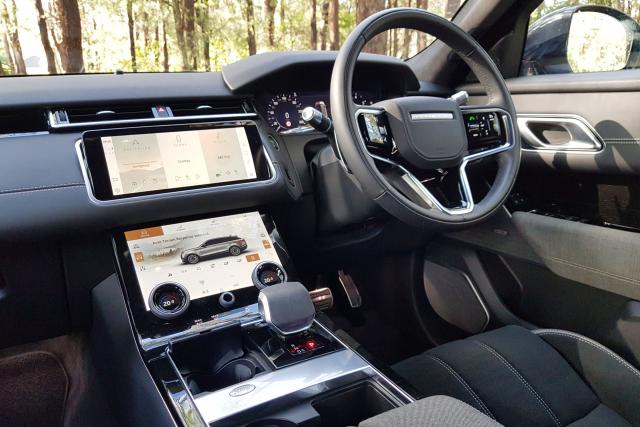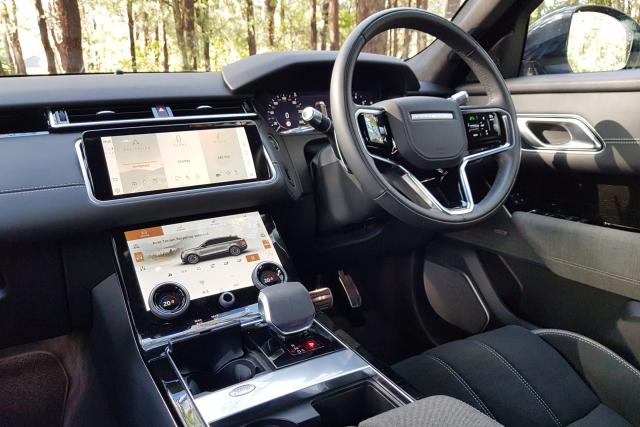By Chris Riley
… part two
SAFETY
Five-star safety comprises six airbags, a rear-view camera, autonomous emergency braking (AEB) with pedestrian detection, lane departure warning (LDW) and speed assist systems (SAS). The safety rating is due to expire in September.
There’s also blind spot assist, rear traffic monitor, lane keep assist, traffic sign recognition and adaptive speed limiter, adaptive cruise control with steering assist, driver condition monitor and a tyre pressure monitoring system (TPMS).
Head-up display surprisingly remains a $2420 option. A 360-degree camera is optional but unavailable because of supply problems.
DRIVING
With seating for five occupants, some may find the cabin a bit claustrophobic, especially in the back.
With high sides and dash, together with narrow windows, you feel like you’re looking over the top.
Rear legroom is limited too.
The rotary gear selector has been replaced in the latest model by the same low-profile selector that can be found in the Jaguar F-Pace that we drove recently.
The usual plethora of knobs and switches have been absorbed by the seriously impressive centre console with its two, double-decker touchscreens.
The system is generally easy to use. The top screen controls such items as audio, phone and navigation, while the bottom screen adjusts functions like the air suspension and off-road modes.
We spent a good five minutes trying to figure out how to switch from miles to kilometres for navigation. In the end, we gave up, just like the last person obviously did.
Our test vehicle was fitted with a fully digital instrument cluster that can be configured the way you like it – two dials, a single dial or wall to wall navigation.
The P400 dispatches the dash from 0-100km/h in a rapid 5.5 seconds and has a top speed of 250km/h.
It features an electric supercharger supported by a twin scroll turbocharger and Continuous Variable Valve Lift (CVVL).
Air suspension is standard along with Adaptive Dynamics damping technology.
Ground clearance is normally 205mm, but pumping it up for a bit of farm action takes that figure to 251mm and it is able to safely tackle water up to 580mm in depth.
We’ve never been huge fans of air suspension which has been a Range Rover signature for as long as we can remember.
It irons out the bumps okay and is good for extra clearance off-road, but it makes for a twitchy ride around town.
Together with a jerky throttle and brakes, it doesn’t exactly provide the basis for a relaxed drive experience — with the exception that is of the motorway.
Fuel consumption from the 82-litre tank is a claimed 8.7L/100km, using premium unleaded petrol.
We were getting 10.4L/100km after close to 450km which is too much in this day and age.
Tow capacity in case you’re wondering is 2400kg with trailer brakes.
For the smokers out there, the smoker’s pack (lighter and ash tray) will cost you $80 — that’s about the price of a packet of cigarettes these days, isn’t it?
SUMMING UP
For a start there’s the size. It’s bigger than an Evoque but smaller than a Sport.
Second, without low range all-wheel drive, it will have limited off road ability, but sand, dirt roads and muddy farm driveways won’t be a problem.
And, finally, unless you’re into tech, you’re probably not going to like it much because just about everything is controlled from one of two touchscreens.
Is it worth $150K? Some people think so. Only you can be the judge.









